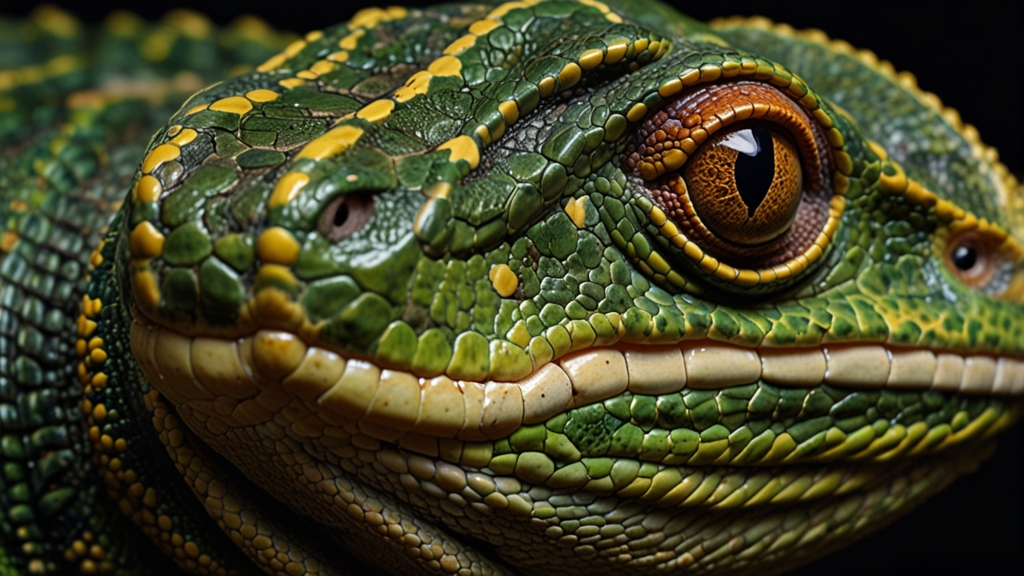Eyes Wide Open The Stark Reality of Endangered Species
When we think about endangered species, we often visualize exotic animals like tigers, pandas, or elephants, whose plights are frequently highlighted in media and conservation campaigns. While these majestic creatures are certainly in dire need of help, the reality of endangered species is far broader and more complex than most people realize. It stretches across oceans, spans continents, and affects ecosystems that we all rely upon for our survival.
The Unseen Struggle
Endangerment isn't limited to the charismatic megafauna that capture our hearts. There are countless lesser-known species, from tiny insects to obscure plants, silently teetering on the brink of extinction. According to the International Union for Conservation of Nature (IUCN), over 40,000 species are currently threatened with extinction. That's almost 28% of all evaluated species.
"The reality is stark: we are amidst a biodiversity crisis of unprecedented scale and urgency. Species that have existed for millennia are now vanishing at an alarming rate, many of them slipping away unnoticed." - Dr. Jane Goodall
The Ripple Effect
The extinction of a species doesn't occur in isolation; it triggers a cascade of consequences throughout the ecosystem. Each species plays a specific role, whether it’s pollination, predation, or providing nutrients. When one species vanishes, the intricate web of life is thrown off balance, often leading to further extinctions and a breakdown in ecosystem functionality.
Consider the plight of bees, crucial pollinators in many ecosystems. Their declining numbers have a direct impact on food crops, affecting agriculture and threatening food security globally. Similarly, the loss of apex predators like wolves can lead to an overpopulation of herbivores, which in turn affects vegetation and soil health.
Human Activities and Habitat Destruction
The primary driver behind the current surge in endangered species is human activity. Activities such as deforestation, urbanization, and industrial expansion lead to habitat destruction, the most significant threat to wildlife today. Forests are cleared for agriculture, wetlands are drained for development, and oceans are overfished, leaving many species without homes and resources.
"We have transformed the face of the Earth on a scale that is unprecedented in human history. Our activities are now the driving force behind the most significant wave of species die-offs since the dinosaurs." - David Attenborough
Climate Change
Another major threat is climate change. Rising global temperatures, changing weather patterns, and increasing extreme weather events continuously alter habitats. Coral reefs, for example, face bleaching due to warmer waters, while polar bears struggle with diminishing ice floes. Even minor shifts in temperature and precipitation can disrupt the delicate balance of sensitive ecosystems.
The Role of Conservation
While the situation may seem grim, there is hope. Conservation efforts around the world are making a difference. Protected areas, wildlife reserves, and breeding programs are helping to stabilize and even increase some endangered populations. International cooperation and legal frameworks, such as the Convention on International Trade in Endangered Species (CITES), play a critical role in regulating and halting the trade of endangered species.
Moreover, individuals can make significant impacts through lifestyle choices, supporting sustainable practices, and raising awareness. Every effort counts, from supporting local conservation initiatives to reducing carbon footprints and advocating for stronger environmental policies.
A Call to Action
To truly address the crisis facing endangered species, a multifaceted approach is required. It involves science, legislation, community engagement, and global cooperation. As individuals, staying informed and involved is crucial. Educating ourselves and others, supporting conservation organizations, and making conscious choices in our daily lives can collectively tip the scales in favor of preserving the planet's biodiversity.
"In the end, we will conserve only what we love, we will love only what we understand, and we will understand only what we are taught." - Baba Dioum
With our eyes wide open to the stark reality of endangered species, we stand at a pivotal moment in history. The choices we make today will determine the legacy we leave for future generations. It's time to act with urgency and compassion to safeguard the incredible diversity of life with which we share this planet.









